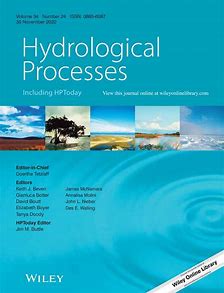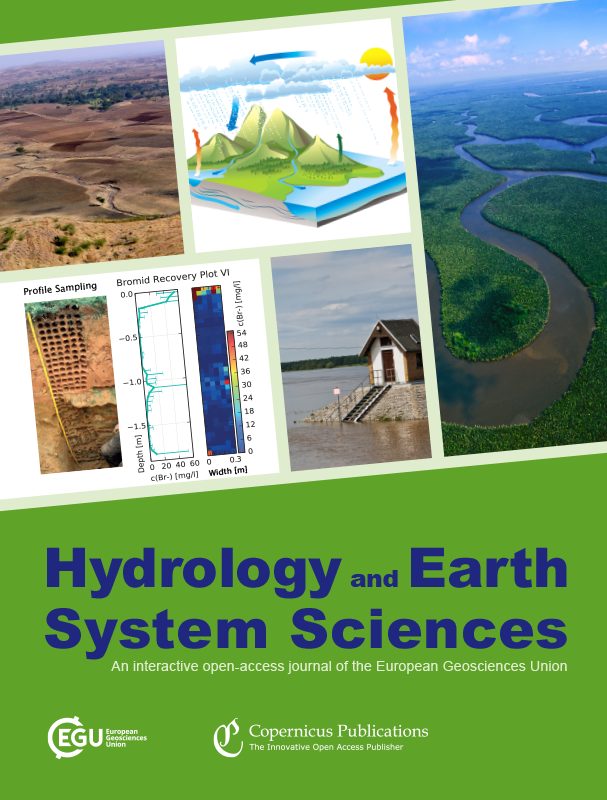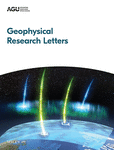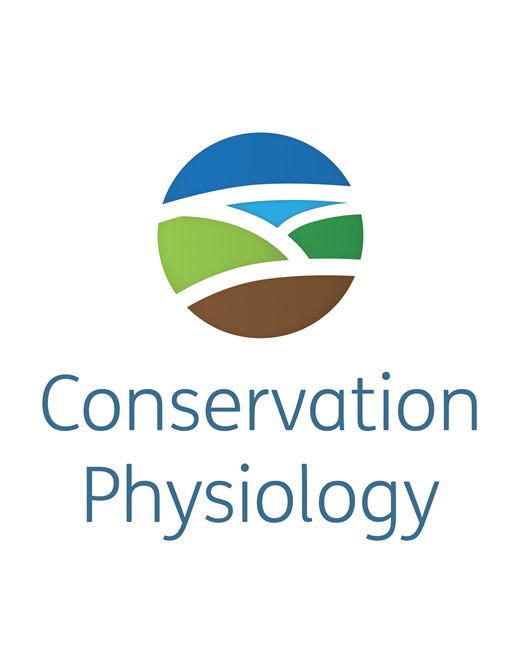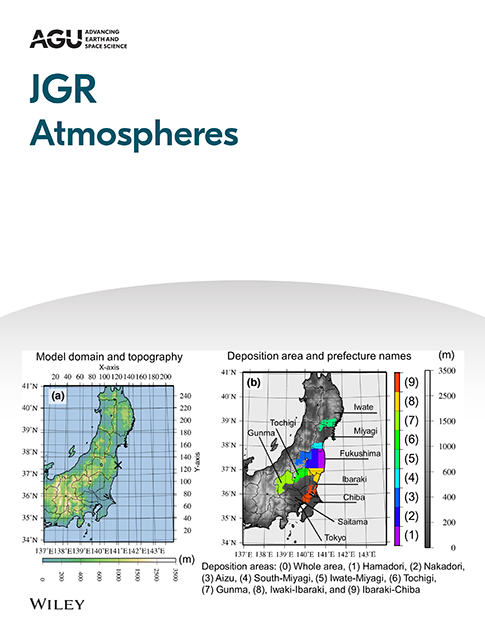- Department:(Dept. 1) Ecohydrology and Biogeochemistry
Modelling ecohydrological feedbacks in forest and grassland plots under a prolonged drought anomaly in Central Europe 2018–2020
The authors monitored and modelled feedbacks in the soil–plant-atmosphere continuum to the drought summer 2018 and the following 2 years. The isotope-aided model EcH2O-iso was applied to forest and grassland in a lowland, groundwater-dominated catchment. Such differences in ecohydrological feedbacks to drought in contrasting soil-vegetation units provide insights into Critical Zone water cycling.
Quantifying the effects of urban green space on water partitioning and ages using an isotope-based ecohydrological model
Urban green space is of great importance for sustainable water management and heat reduction in cities. Using field measurements and a highly advanced ecohydrological model, researchers have investigated how water pathways differ depending on vegetation type. The result: trees potentially provide the strongest cooling effect, while grass promotes more groundwater recharge.
Ice-covered lakes of Tibetan Plateau as solar heat collectors
The authors investigated the thermal properties of Tibetan lakes during the ice-covered season. They revealed that an extremely large amount of solar radiation penetrated the highly transparent ice cover. As a result, lakes fully mix under ice and get heated up to >6°C. The accumulated heat makes a crucial contribution to ice cover melt.
Transformation of organic micropollutants along hyporheic flow in bedforms of river-simulating flumes
In recirculating flumes, the authors investigated the degradation of micropollutants from treated wastewater along specific subsurface flow paths in triangular bedforms. Shallow subsurface flow fields and small-scale heterogeneity of the microbial community are major controlling factors for the transformation of micropollutants in river sediments.
Misbalance of thyroid hormones after two weeks of exposure to artificial light at night in Eurasian perch Perca fluviatilis
In a lab study it was tested if light pollution affects thyroid hormones in Eurasian perch. The results show first signs of endocrine disruption in thyroid metabolism after a relatively short exposure of two weeks under high-intensity streetlight conditions. Misbalanced thyroidal status can have serious implications for metabolic rates as well as developmental and reproductive processes.
Using isotopes to understand landscape‐scale connectivity in a groundwater‐dominated, lowland catchment under drought conditions
The authors integrated hydrometric and isotope data to understand how droughts affect ecohydrological partitioning, hydrological connectivity and streamflow generation at the catchment scale. Groundwater recharge was lower under forest than grassland and enhanced in restored wetlands. Complex patterns of connectivity affect in-stream solute transport and interactions between land- and riverscapes.
Quantifying the effects of land use and model scale on water partitioning and water ages using tracer-aided ecohydrological models
The authors used the IGB model EcH2O-iso with isotope tracers to quantify how different vegetation communities in lowland German catchments partition rainfall into evapotranspiration and groundwater recharge. This showed that forests account for greater water losses to the atmosphere and reduced recharge. Future losses under climate change can be optimised by species selection and management.
Co-evolution of xylem water and soil water stable isotopic composition in a northern mixed forest biome
The authors investigated the co-evolution of plant xylem water and soil water stable isotopic compositions in a northern mixed forest, Canada. They showed that differences in timing and intensity of water use between deciduous and coniferous trees may account for inter-specific variations in xylem water isotopic composition providing insight into how they may respond to hydroclimatic change.
How daily groundwater table drawdown affects the diel rhythm of hyporheic exchange
With a physically based model that couples flow and heat transport in hyporheic zones, the study provides insights into hyporheic responses to daily groundwater withdrawal and river temperature fluctuations. These interactions have impacts on temporal variability of hyporheic exchange, mean residence times and denitrification potential. Improved pumping schemes can restore ecosystem functions.
Effects of the largest lake of the Tibetan Plateau on the regional climate
The authors used a coupled lake-atmosphere model to investigate the effect of the largest lake of China, the Qinghai, on the weather and climate conditions of the Tibetan Plateau. They found that the lake alters wind conditions and increases precipitation over the arid areas of the earth’s “third pole” Tibet but the effect is irregularly distributed spatially and temporally over the seasons.


